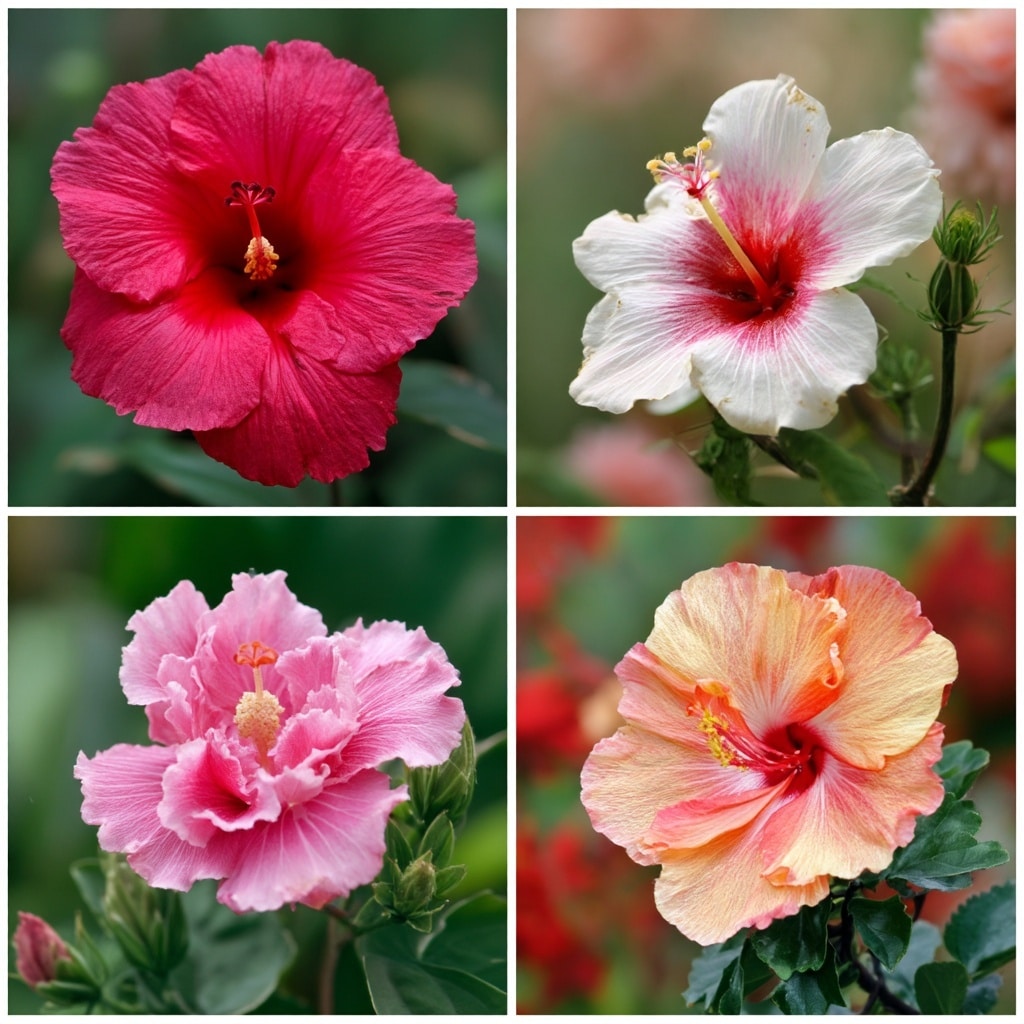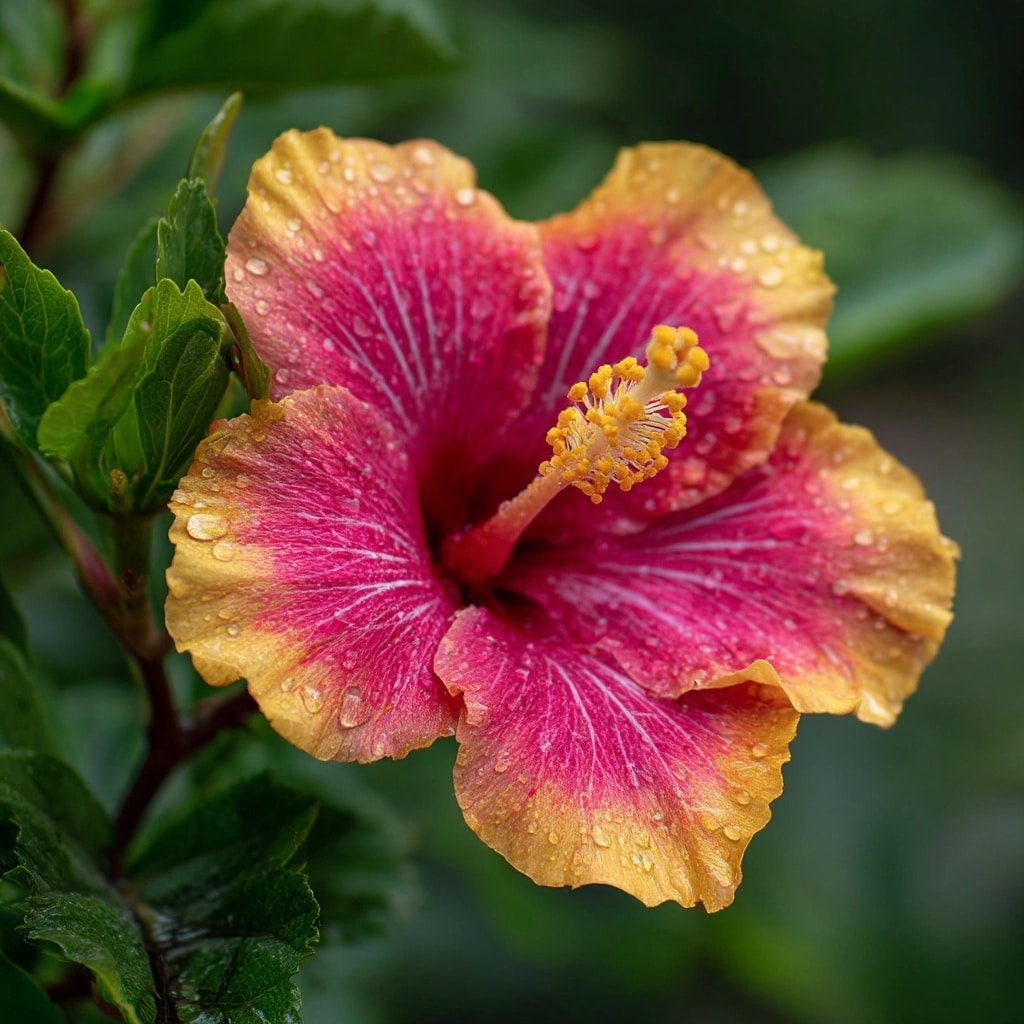Hibiscus is one of the most striking additions you can bring into your garden. With enormous, colorful blooms that resemble dinner plates, these bold perennials make a statement all summer long. Not only do they provide dramatic tropical flair, but they’re also magnets for butterflies and hummingbirds—turning any yard into a lively, pollinator-friendly oasis.
Gardeners love hibiscus for more than just its good looks. These hardy plants are surprisingly easy to grow, thrive in most sunny spots, and offer a long blooming season that stretches into fall. Whether you’re planting your first hibiscus or looking to expand your collection, understanding how to plant, care for, and maintain these perennials is key to enjoying a flourishing display year after year.
Table of Contents
About Hibiscus
Perennial hibiscus plants are prized for their breathtaking, disc-shaped flowers that can span up to 12 inches across. Often referred to as “dinner plate hibiscus,” these bold bloomers belong to the mallow family, which includes over 300 species ranging from shrubs and trees to herbaceous perennials.
There are several species of perennial hibiscus commonly grown in home gardens, including Hibiscus moscheutos, Hibiscus coccineus, and Hibiscus syriacus. Each variety brings its own charm—some with bold red petals, others with soft pink or white flowers featuring contrasting centers.
Depending on the type, hibiscus plants can range from compact 2-foot-tall varieties to towering 8-foot specimens. Regardless of size, all perennial hibiscus thrive when given the right conditions and a bit of regular care, rewarding you with a stunning floral display season after season.
Planting Hibiscus
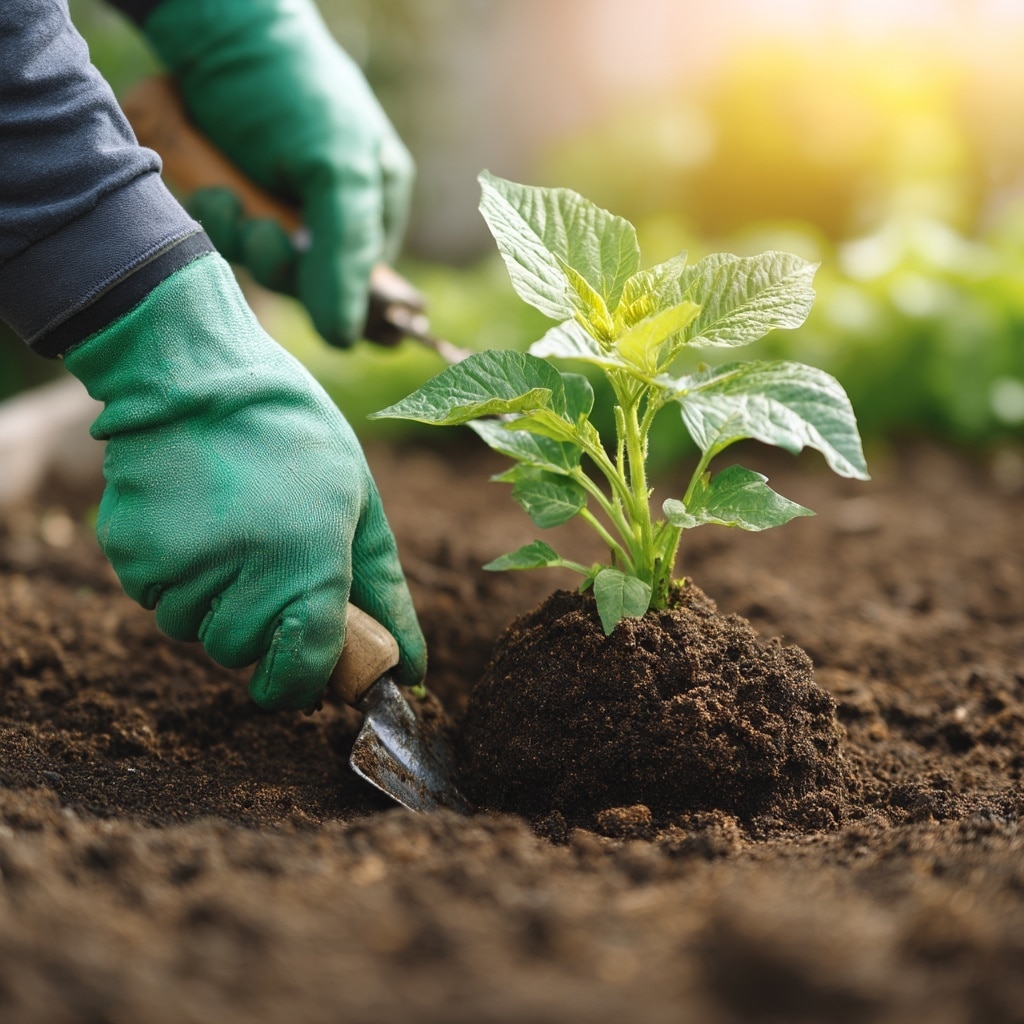
When to Plant Hibiscus
The best time to plant hibiscus is in the spring, once the danger of frost has passed. You can start with young nursery plants, root cuttings, or grow from seed. If planting seeds, start them indoors about 12 weeks before your last expected frost. To improve germination, soak the seeds in warm water for an hour before sowing.
Alternatively, direct sowing is possible after the final frost, though it may delay blooming in cooler climates.
Choosing and Preparing a Planting Site
Select a spot that receives full sun—hibiscus can tolerate partial sunlight, but they won’t bloom as vigorously. These plants thrive in well-draining soil rich in organic matter, ideally with a neutral to slightly acidic pH.
Hibiscus stems can be tall and tender, so avoid windy areas where they might bend or break. If strong winds are common in your region, consider planting near a fence or structure for protection.
How to Plant Hibiscus
- Dig a hole just deep enough for the hibiscus root ball to sit level with the soil surface.
- Space perennial hibiscus 2 to 3 feet apart to allow for mature growth, which can reach up to 12 feet tall and 10 feet wide in some varieties.
- If rooting from cuttings, take a 5–6 inch stem in spring, remove lower leaves, and place it in a pot with a mix of sand and peat. Once rooted, transplant it to the garden.
- Water thoroughly after planting to help the roots settle and reduce transplant shock.
Growing and Caring for Hibiscus
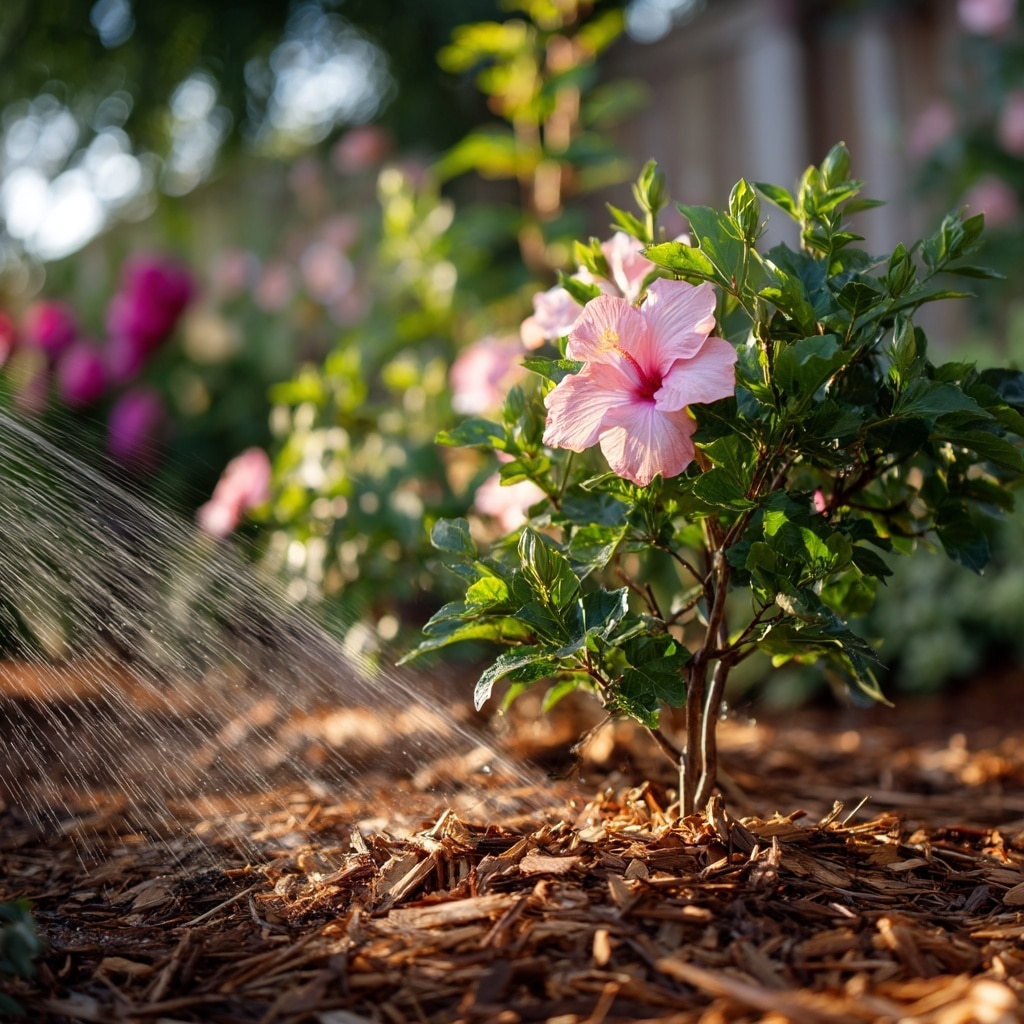
Once established, hibiscus is a relatively low-maintenance plant—but consistent care will ensure a long and healthy blooming season. Here’s how to keep your perennial hibiscus thriving year after year.
Watering Needs
Hibiscus plants love moisture, especially when young or newly transplanted. Water deeply and consistently during the growing season, keeping the soil evenly moist but not soggy. During dry spells or extreme heat, increase watering frequency to prevent stress.
Mulching around the base of the plant helps retain moisture and regulate soil temperature. Be sure to leave space around the stem to prevent rot.
Fertilizing
In early spring, apply a balanced, slow-release fertilizer to support new growth. As the season progresses, switch to a formula that is high in potassium, moderate in nitrogen, and low in phosphorus—hibiscus can be sensitive to excess phosphorus, which may hinder blooming.
Feed every 4 to 6 weeks during active growth for best results.
Pruning and Deadheading
Hibiscus blooms on new wood, so spring is the best time to prune. Remove any dead or damaged stems before new growth emerges. After each flush of blooms, cut back one-third of the plant or remove spent flowers to encourage reblooming and prevent seed formation.
In late fall or early winter, cut stems to the ground once the plant dies back. Don’t worry—hibiscus will regrow from the roots in spring.
Dividing Mature Plants
Large, established hibiscus plants can be divided in early spring. Dig up the root ball carefully, separate the plant into smaller sections, and replant with plenty of space to grow.
Popular Varieties of Hibiscus
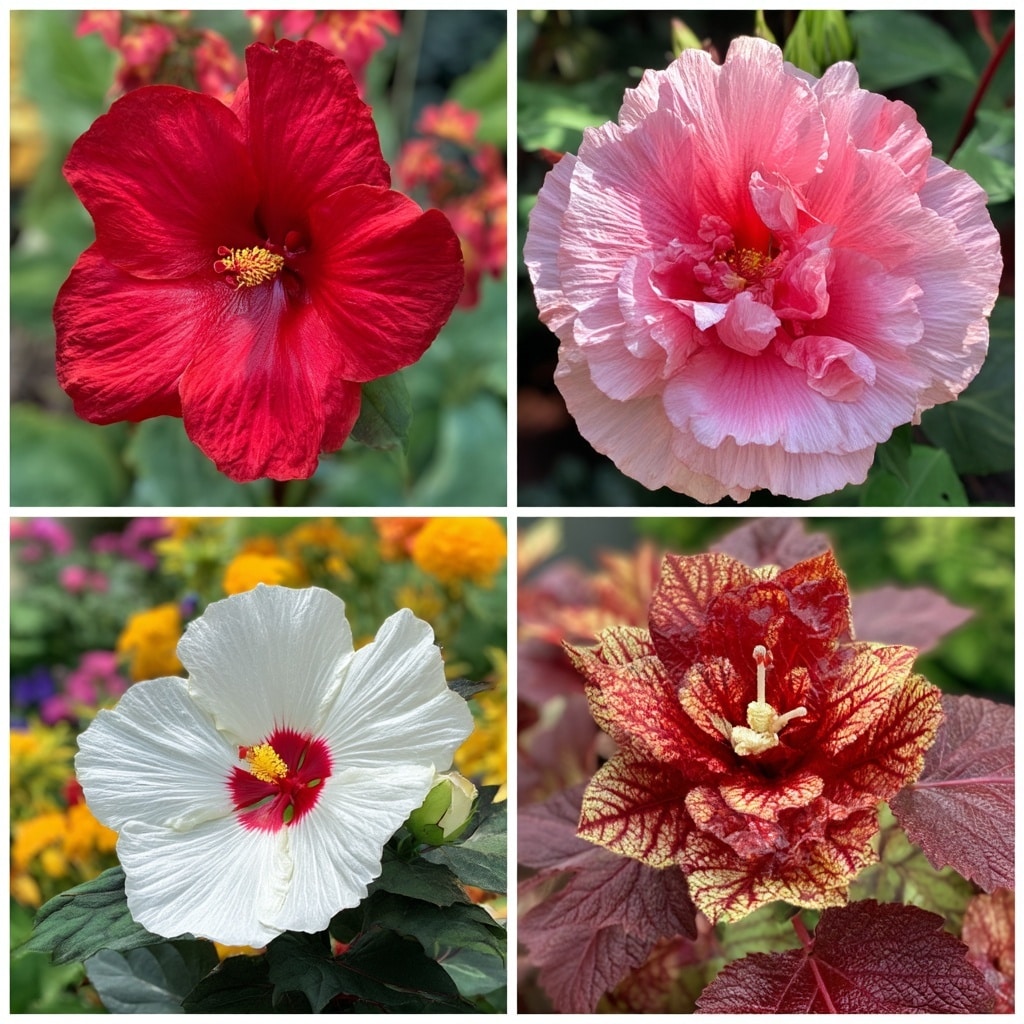
Perennial hibiscus comes in a range of stunning cultivars, each offering unique flower colors, foliage textures, and growth habits. Whether you’re looking for bold reds or soft pinks, there’s a variety perfect for your space.
Here are some of the most beloved types to consider:
Scarlet Swamp Hibiscus (Hibiscus coccineus)
Also known as Texas Star, this variety produces brilliant red, five-petaled flowers that attract pollinators in droves. It grows up to 7 feet tall each season and dies back completely in winter, returning each spring from its roots.
Rose Mallow (Hibiscus moscheutos)
Famous for its massive 10- to 12-inch blooms, Rose Mallow is the classic “dinner plate hibiscus.” This fast-growing plant blooms from late summer into early fall and comes in a wide range of colors and patterns.
Popular cultivars include:
- ‘Anne Arundel’ – Large pink blooms on 5-foot-tall plants
- ‘Kopper King’ – White to pale pink flowers with deep red centers and copper-colored leaves
- ‘Lady Baltimore’ – Old favorite with pink petals and red throats
- ‘Lord Baltimore’ – Deep red flowers on sturdy, 5-foot plants
These varieties offer excellent color contrast and can be planted together for a vibrant, layered effect in perennial borders or cottage gardens.
Common Pests and Diseases Affecting Hibiscus
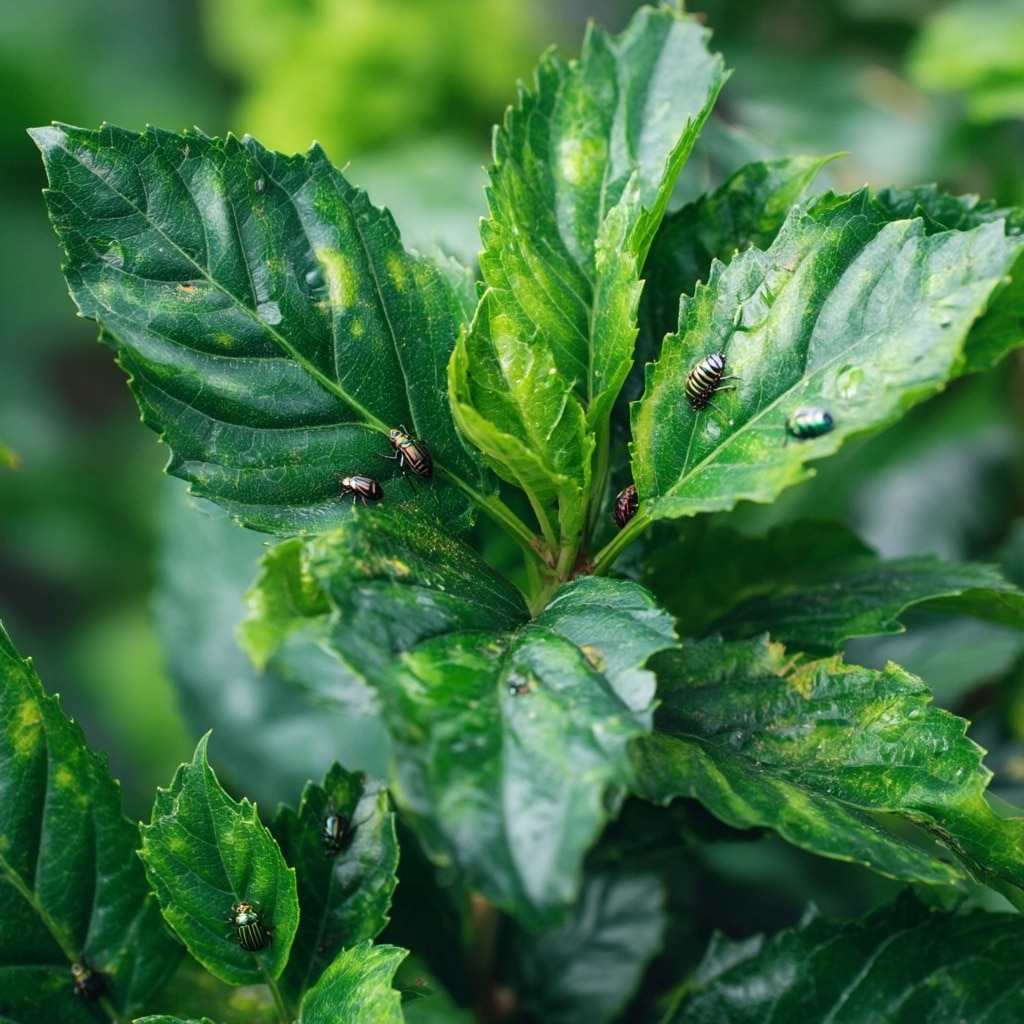
Like most garden plants, hibiscus is occasionally troubled by pests and fungal diseases, especially in humid or crowded conditions. With a little preventative care, though, these issues are easy to manage.
Insect Pests
Several common garden insects may target hibiscus, including:
- Aphids – Small, soft-bodied insects that cluster on new growth and flower buds. They suck sap, causing leaves to curl and distort.
- Whiteflies – Tiny, winged pests that flutter around the plant and feed on the underside of leaves, often leading to yellowing.
- Japanese Beetles – These shiny beetles chew on leaves and flowers, leaving behind skeletonized foliage.
To control infestations:
- Spray plants with a strong stream of water to dislodge pests
- Use insecticidal soap or neem oil if needed
- Encourage beneficial insects like ladybugs
Fungal Problems
Overly damp or crowded conditions can lead to fungal diseases such as:
- Leaf spot
- Blight
- Root rot
To reduce the risk:
- Avoid overhead watering
- Space plants well to improve airflow
- Keep mulch a few inches away from stems
- Remove fallen leaves and debris promptly
Staying proactive with garden hygiene and monitoring your hibiscus regularly will go a long way toward preventing long-term damage.
Fun Facts About Hibiscus
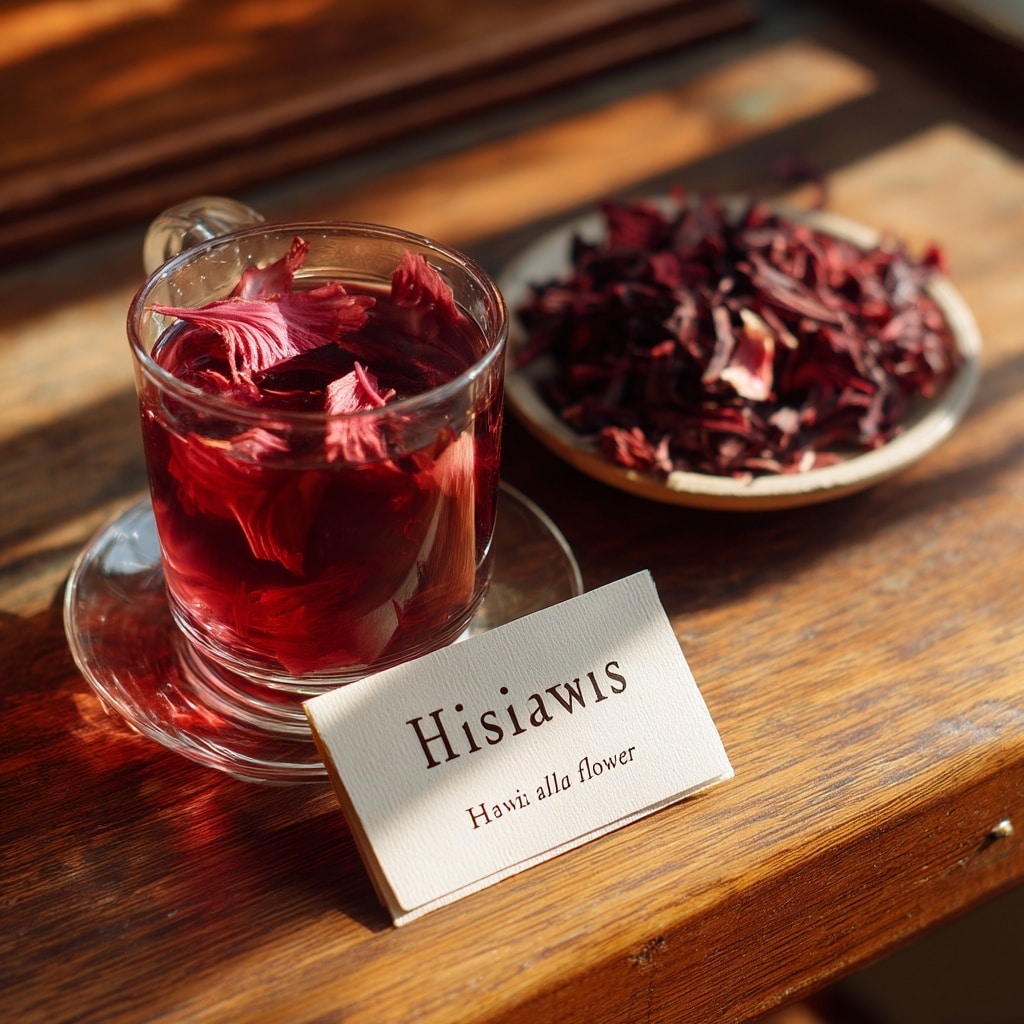
Beyond their bold blooms, hibiscus plants carry fascinating stories, medicinal value, and cultural significance.
- Historical Uses: Various parts of the hibiscus plant have been traditionally used to ease ailments such as headaches, sore muscles, and inflammation.
- Hibiscus Tea: Made from the Hibiscus sabdariffa species—also known as Roselle or Florida Cranberry—this tart, ruby-red tea is rich in vitamin C and antioxidants. It’s widely enjoyed in the Caribbean, West Africa, and Latin America.
- Victorian Symbolism: In the language of flowers, giving someone a hibiscus bloom was a way to express admiration for their delicate beauty.
- State Flower of Hawaii: The yellow hibiscus, or Hibiscus brackenridgei, holds the honor of being Hawaii’s official state flower. It’s native to the islands and beloved for its bright, tropical charm.
These details make hibiscus not only a garden showstopper but also a plant with deep cultural roots and practical uses.
Conclusion
Growing hibiscus in your garden is a rewarding experience that brings months of bold color and vibrant life. With the right planting location, consistent watering, and a bit of seasonal care, these perennials will reward you with stunning blooms year after year. Whether you prefer the fiery petals of Scarlet Swamp Hibiscus or the soft tones of a Rose Mallow cultivar, there’s a hibiscus variety perfect for every garden style.
Add one—or a few—to your landscape, and enjoy a tropical touch right in your backyard.

